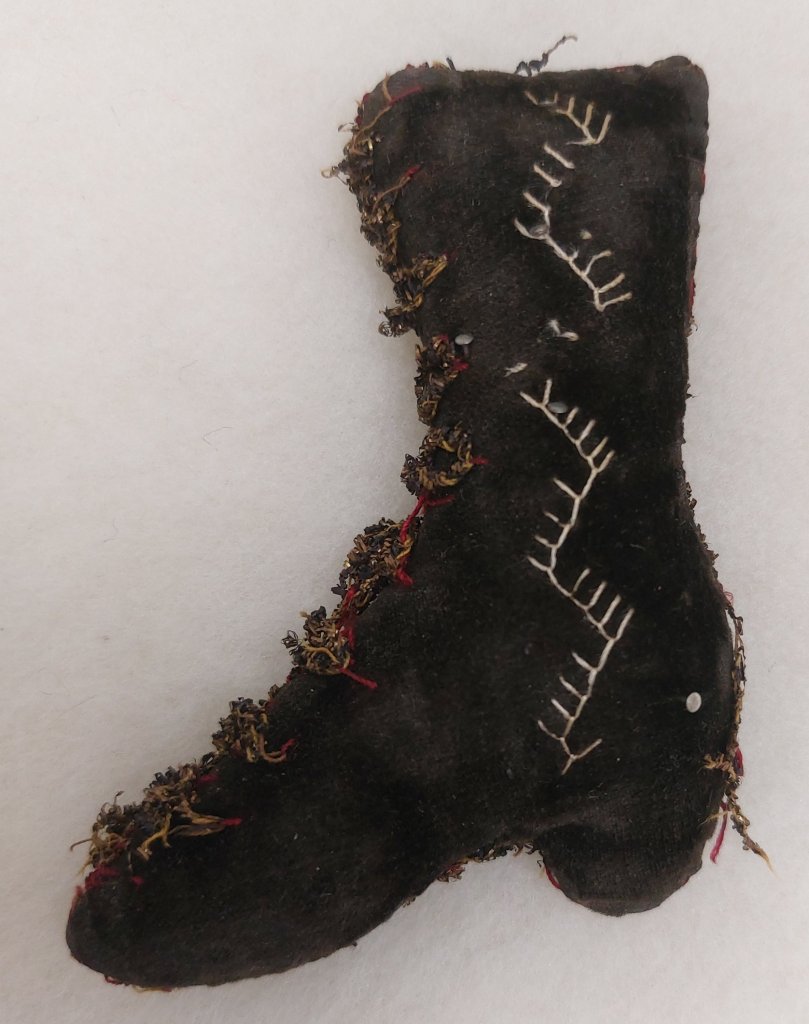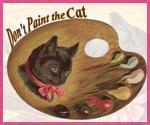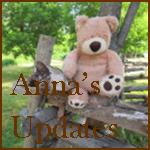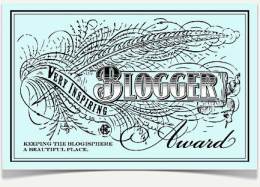👢 Is fall boot season?
This is an example of a boot shaped pin cushion in my collection. Boots and stocking were fairly common shapes used for making pin cushions and needle-books during the Victorian Era.



The boot is about 3.5 inches tall and 2.5 inches wide. This cushion is quite weighty for its size, weighing 2.6 ounces. While the piece is too delicate to squeeze to determine the filling, I suspect it is filled with bran or dense sawdust. It seems too large to be filled with emery, though the weight and solidity feels right.

When this is done, cover the top or upper part of the boot, on both sides, with a bit of thick buff-coloured ribbon, about and inch or and inch and a half broad, to look like the light leather tops on real boots. The. Sew on, at each side of the top, a loop of buff-coloured gallon, to resemble the straps by which boots are drawn on.
The pins are to be stuck in the gallon-binding that unites the two sides of the boot.
Both sides of the boot are velvet with most of the pile worn away. One side was a vibrant blue, the other a deep brown. It seems to have been constructed with a brown thread while a red thread was used to add trim. From a distance, the trim seems to be a bullion. Under low magnification, the trim looks to be comprised of two narrow, flat, almost straw like fibers, one light and one dark, set on a thick light brown thread. This trim was arranged in altenating loops along the front of the boot to mimic the look of lacing. Bits of trim remaining suggest a single strand of the trim ran around the edge of the boot as well. The “front” or brown side of the boot has a row of fir or feather stitching. The reverse, “back” or blue side, has a short continuation of this stitching at the top of the boot. Holes in running down this side of the boot suggest this embroidery may have once embellished the length of this side as well.

A few pins remain in the cushion. The placement suggests pins may (or may not) have been used to accent the decorative trim in two ways. A pin remains placed inside a lacing loop hints at the possibility pins were placed to mimic the look of boot/shoe buttons. Two pins remain on the “front” of the boot tucked into the embroidery at the vertices of the Vs








Leave a comment